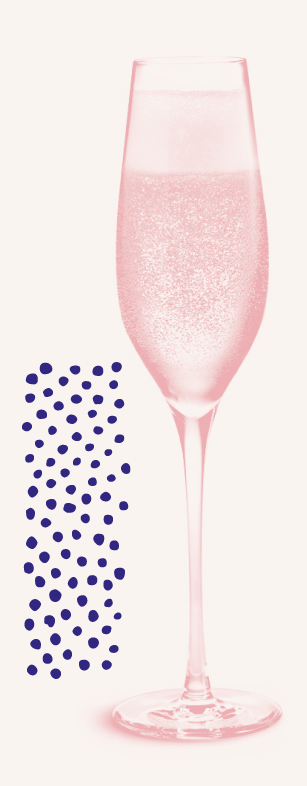
Rhubarb is a strong, bold, prehistoric-looking plant.
The part that joins its enormous leaves to the stem is meaty and edible, with a texture that resembles celery, and a special type of bitterness.
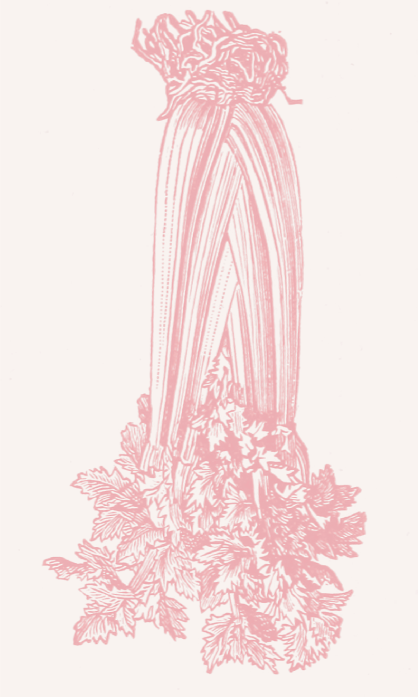
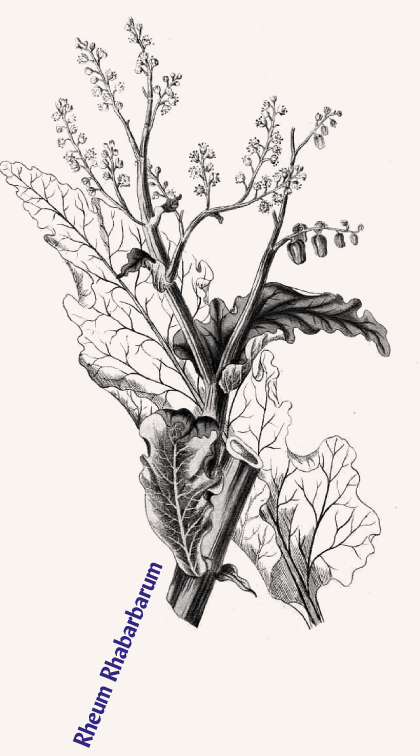
With the help of a machete, one could lead a tarzanesque lifestyle, slicing and chewing rhubarb, cutting through the cold forests, crossing rivers and climbing up waterfalls.
Originally from Siberia, this plant has been shipped to several damp and cold corners of the planet throughout history, both because of its medicinal qualities and its culinary potential, being tossed raw in salads or cooked into marmalades and desserts, which accompany tea time since the age of the Vikings.

Here in Northern Patagonia, where we make RUI, rhubarb arrived in the XIX century, in the hands of German immigrants.
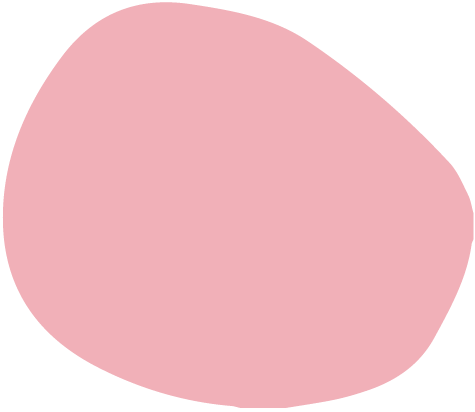
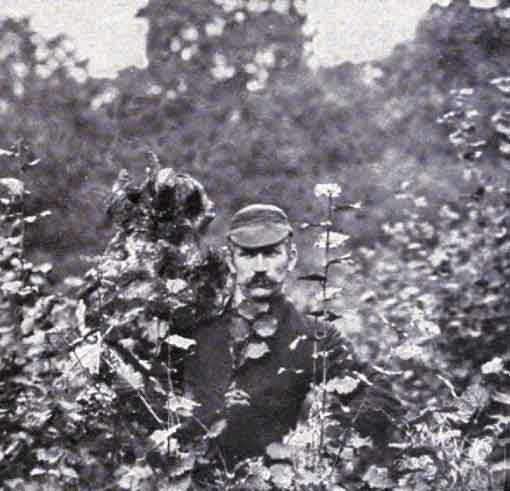



Despite remaining a well-kept secret, or an unjustly forgotten food source, nowadays rhubarb can be seen growing silently, extending its prehistoric arms to capture the attention of people around the world, and entering their kitchens. One of the most refined expressions of this gastronomic rebirth is the elaboration of rhubarb sparkling wine, a category in which RUI stands as the sole representative from Chile.
